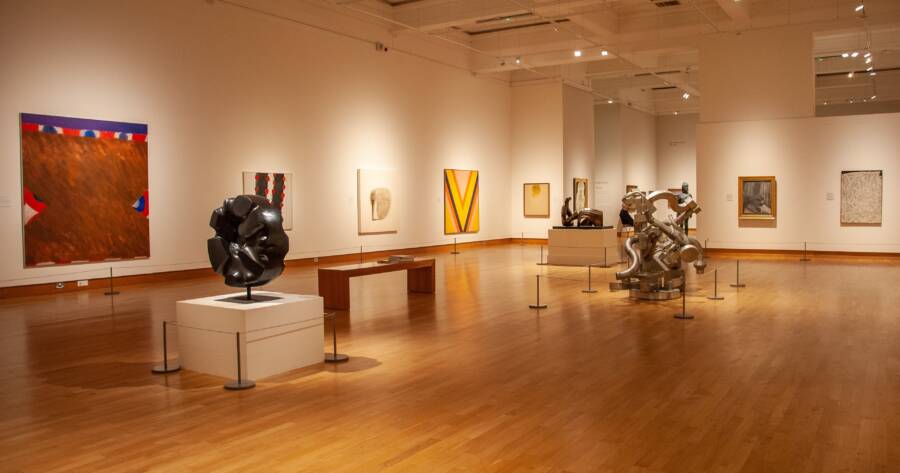Art isn’t just for aesthetics. It’s a lucrative investment. The world of art investment has been gaining traction in recent years, with more and more wealthy individuals and institutions recognizing the potential for significant returns. If you’re interested in exploring alternative investment opportunities, art investment and collectibles should be on your radar. By diversifying your portfolio with tangible assets, you can potentially reap the benefits of both financial and aesthetic value.
The Allure of Art Investment
Art investment offers a unique opportunity to combine passion with profit. While traditional investments like stocks and bonds can be volatile, the art market has shown resilience and stability over time. In fact, according to a report by Deloitte, the global art market reached a total value of $64 billion in 2019.1 This growth can be attributed to the increasing demand for art from both seasoned collectors and new buyers.
Leading organizations in the art world, such as Christie’s and Sotheby’s, regularly hold high-profile auctions where rare and valuable artworks are sold for millions of dollars. These auctions attract wealthy individuals and art enthusiasts from around the globe, creating a competitive environment that drives up prices. Investing in art allows you to participate in this exclusive market and potentially benefit from the appreciation of valuable artworks.
Collectibles: A Tangible Investment
Collectible investments, including rare coins, stamps, vintage cars, and sports memorabilia, offer another avenue for alternative asset investing. These items hold both sentimental and financial value, making them attractive to collectors and investors alike. The value of collectibles is often driven by scarcity, historical significance, and the demand from passionate enthusiasts.
For example, in 2018, a rare 1913 Liberty Head nickel was sold for a staggering $4.56 million at auction. This particular coin is one of only five known to exist, making it highly sought after by collectors.2 Similarly, vintage cars like the Ferrari 250 GTO have fetched prices upwards of $50 million due to their rarity and iconic status.
Diversifying with Alternative Assets
Investing in art and collectibles can be a smart strategy for diversifying your investment portfolio. By adding alternative assets to your holdings, you can reduce the risk associated with traditional investments and potentially achieve higher returns. This is because the value of art and collectibles is often independent of the stock market, providing a hedge against market volatility.
Furthermore, art and collectibles offer tangible benefits that go beyond financial returns. Owning valuable artworks or collectible items can bring joy and aesthetic pleasure, allowing you to enjoy your investment on a personal level. Additionally, these assets can be passed down through generations, becoming part of your family’s legacy.
Why You Should Learn More About Art Investment
If you’re intrigued by the idea of art investment and collectibles as alternative assets, it’s essential to educate yourself further on the topic. Perform a search online today to discover leading organizations in the art market, learn about current trends, and explore investment opportunities. By expanding your knowledge, you can make informed decisions and potentially unlock the financial and aesthetic rewards of art investment.
